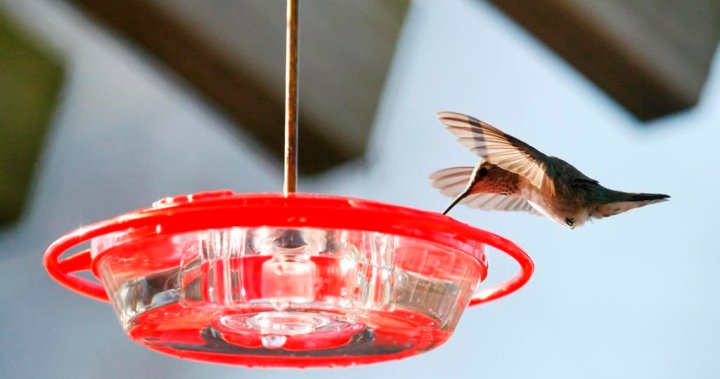Microplastics in your drink? UBC develops cheap, portable plastic particle detector

Researchers at the University of British Columbia say they’ve come up with a portable device that can cheaply detect the amount of microplastics in drinks and other liquids.
Tianxi Yang, who developed the tool, says in a UBC news release that microplastics are a “significant threat” to food safety, health and the environment, and affordable detection of the material could help reduce their hazard.
Microplastic particles can be created when things such as plastic cups or utensils degrade, releasing the material into food or drinks that could then be ingested or absorbed into the body. The plastics pose a risk to human health because of their ability to absorb toxins and break through barriers within the body and their long-term impacts are still being studied.
The device developed by Yang’s teams uses a wireless digital microscope, green LED light and what’s called an “excitation filter” to test liquid samples smaller than a drop by causing any microplastics to glow.

In a study published this month in the peer-reviewed journal ACS Sensors, the device was tested on boiled distilled water that had been placed in disposable polystyrene cups for 30 minutes.

Get weekly health news
Receive the latest medical news and health information delivered to you every Sunday.
The tests showed the cups released hundreds of millions of polystyrene particles into the water, each about one hundredth the width of a human hair or smaller.
Yang, an assistant professor in the faculty of land and food systems, says each test costs about 1.5 cents.
The UBC release says the device currently is calibrated to detect polystyrene, but could also measure different types of plastics including polyethylene or polypropylene.
It says the results are easy to understand “whether by a technician in a food processing lab or just someone curious about their morning cup of coffee,” and researchers hope to commercialize the device to analyze plastic particles in “real-world applications.”

© 2024 The Canadian Press








